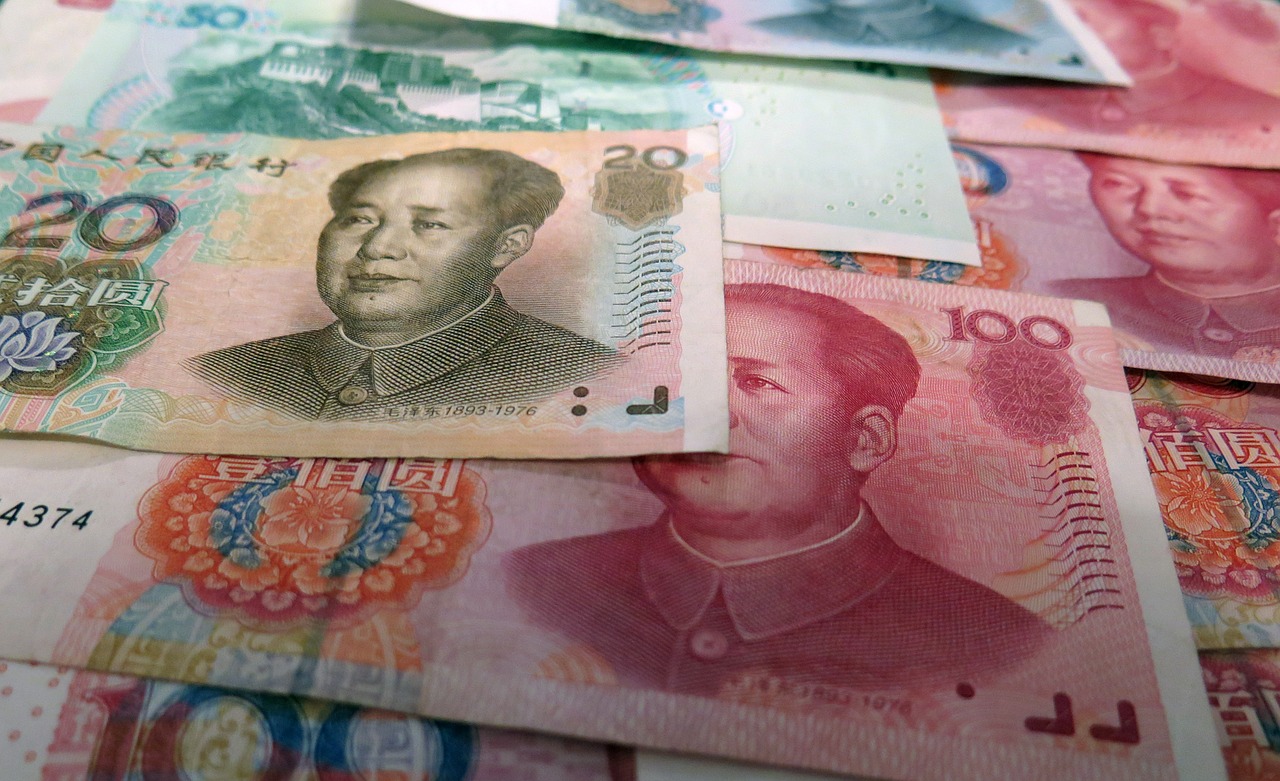Imports to China declined in July, but this decline turned out to be more modest than a month earlier: the year-on-year indicator decreased by 5.6% (7.3% in June) to $ 176.4 billion. Monthly deliveries even grew by 1.1% (there was a decline of 1.9% in June compared to May). The growth can be explained by voluminous import of key commodities, which may be a result of increasing state support for infrastructure projects, according to Capital Economics. Imports of other goods continued to decline, indicating a continuing weakness in domestic demand.
Experts forecast a temporary increase in exports in August: trading partners may increase purchases in anticipation of Washington imposing ten percent duties on the remaining Chinese imports (about $ 325 billion) from September, 1. Recall that now the total supply of the two countries, which are subject to increased tariffs, is $ 360 billion, of which $ 110 billion is from US exports to China. In July, imports of American goods to China fell 19% year over year ($ 10.9 billion), while exports of Chinese goods to the United States decreased by 6.5%, to $ 38.8 billion.
“China’s exports will remain under pressure in the coming quarters due to duties and weak global demand; support from the weakening yuan will not be enough to compensate for these factors,” Capital Economics expects. Imports will be adversely affected by a further weakening of domestic demand, the center said. ING too expects a decline in exports after a one-time surge in August. According to the Institute of International Finance, in order to compensate for the introduction of new duties, the Chinese currency should weaken against the US dollar by 6%, to about 7.3 yuan per $ 1 (after a sharp decline on Monday, the rate of this currency is about 7.05 yuan per $ 1).
source: capitaleconomics.com
Experts forecast a temporary increase in exports in August: trading partners may increase purchases in anticipation of Washington imposing ten percent duties on the remaining Chinese imports (about $ 325 billion) from September, 1. Recall that now the total supply of the two countries, which are subject to increased tariffs, is $ 360 billion, of which $ 110 billion is from US exports to China. In July, imports of American goods to China fell 19% year over year ($ 10.9 billion), while exports of Chinese goods to the United States decreased by 6.5%, to $ 38.8 billion.
“China’s exports will remain under pressure in the coming quarters due to duties and weak global demand; support from the weakening yuan will not be enough to compensate for these factors,” Capital Economics expects. Imports will be adversely affected by a further weakening of domestic demand, the center said. ING too expects a decline in exports after a one-time surge in August. According to the Institute of International Finance, in order to compensate for the introduction of new duties, the Chinese currency should weaken against the US dollar by 6%, to about 7.3 yuan per $ 1 (after a sharp decline on Monday, the rate of this currency is about 7.05 yuan per $ 1).
source: capitaleconomics.com





